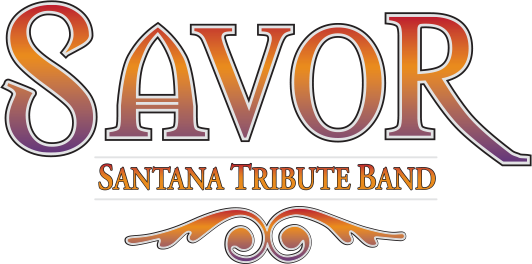Latin music has an irresistible allure that transcends borders and cultures, captivating people worldwide. The rhythm, beats, and songs create an infectious energy that compels people to hit the dance floor and have fun. But just exactly why does Latin music make people want to dance? In this article, we’ll explore what people love about Latin music and the magic behind its universal appeal.
Getting Down to the Basics
At the heart of Latin music’s power lies a combination of creativity, fun, and rhythmic brilliance. Latin music is known for its complex rhythms, which often include syncopation and polyrhythms. This complexity gives the music a dynamic, energetic feel that’s instantly recognizable. Percussion instruments like congas, bongos, timbales, and claves also play a central role and provide the foundational beats that drive the music.
But rhythm and beats are only two reasons why Latin music makes people want to dance. Latin music also features beautiful melodies and a repetition of themes that reflect the diverse musical heritage and influences of different regions. Whether it’s salsa, merengue, or reggaeton, Latin music provides a rich tapestry of danceable tunes that invite listeners to not only dance but also to sing along with.
Let’s Start This Party!
No exploration of Latin music’s allure is complete without a nod to the legendary Carlos Santana and the vibrant world of tribute bands. Latin rock, as epitomized by Santana, has become synonymous with energetic performances and infectious rhythms. For those in the South West, experiencing the magic of Latin music live is as simple as finding a tribute band like Savor. As the premier Carlos Santana tribute band, videos of Savor capture the essence of the Latin music party, bringing the spirit of Santana to new heights.


